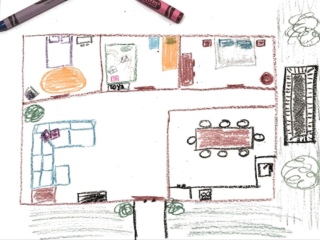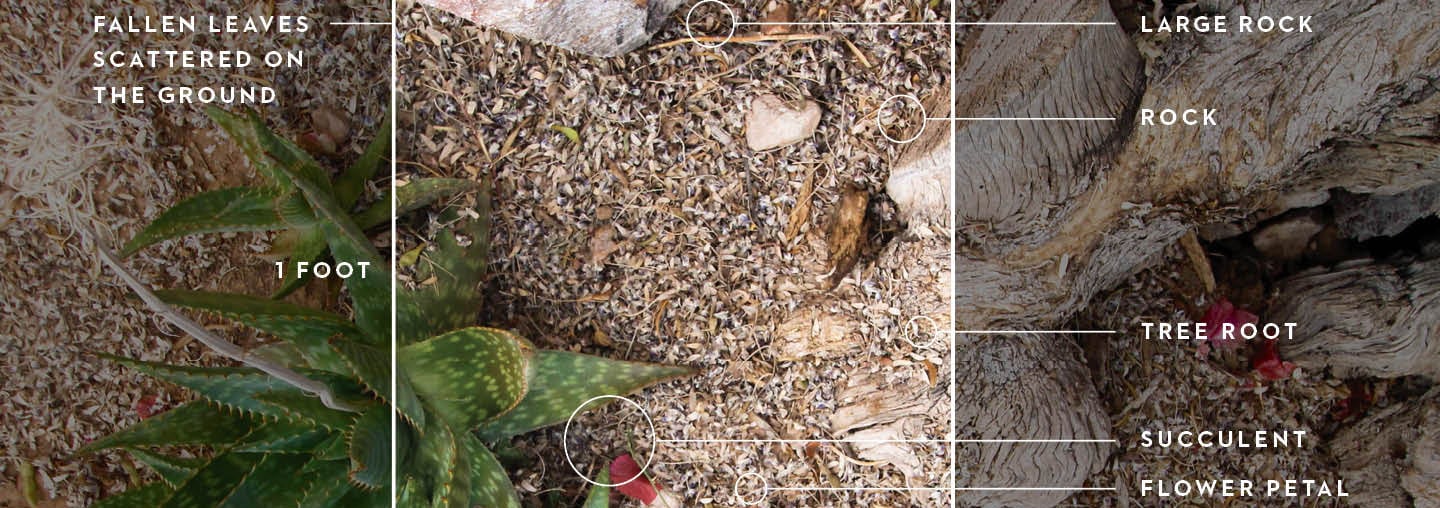
Nature Study: Observe, Document, Design!
Frank Lloyd Wright Foundation | Mar 26, 2019
When observing nature, it’s sometimes easy to overlook the patterns that are in everything. But when you take the time to look closely, nature’s designs and organic beauty become apparent. This activity will inspire you to take what you see in the environment around you and create your very own nature patterns.
When studying an ecosystem, scientists often don’t have the time and resources to study everything in the area, so they select small areas to study closely. Focusing on a small section of the outdoors can reveal the wide variety of plants using the local ecosystem as their home, and your backyard or a park can be a great study site of your own local ecosystem. When you look closely you can often find patterns in the nature around you, and use those patterns as inspiration in your own designs.
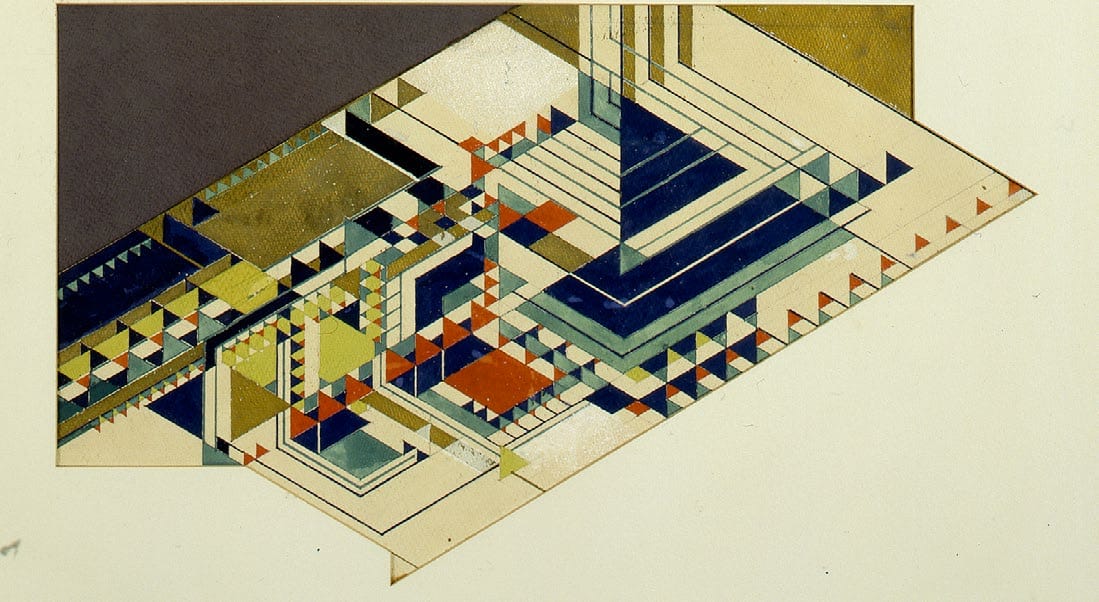
SUPPLIES :
- String
- Measuring Tape
- Scissors
- Magnifying Glass
- Paper
- Pencil
- Camera (optional)
- Colored pencils, markers, or crayons
1. Choose an area of a backyard or park with as much diversity of vegetation and various physical features as possible.
2. Using a measuring tape and string, mark off one square foot of land.
3. Draw and label a map of the study site.
4. Record all plant life and any other interesting objects found in the study site. Remember, the environment consists of more than just the plants. It is important to record things like temperature, sounds, weather, amount of sun, and other observations about what is around the study site.
5. Use the magnifying glass and camera to document and investigate anything interesting.
6. Things can change during the course of a day. Visit your study site throughout the day and record any changes that are found.
7. Look for and document the patterns, shapes, colors, and textures within your square foot. What colors and textures are the plants? Can you find any shapes or lines in the space?
8. Use these characteristics to create your own design inspired by the patterns found in your nature study site.


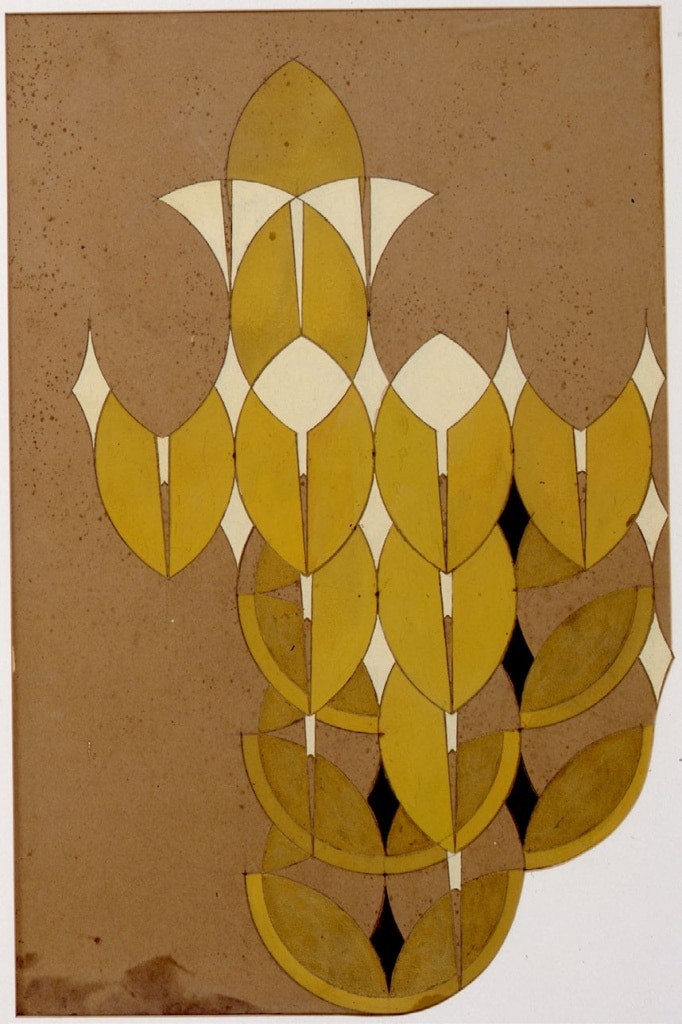
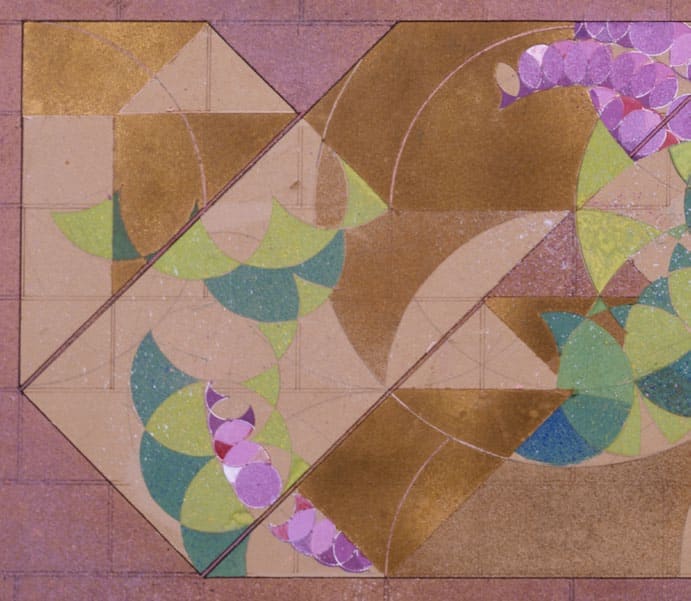
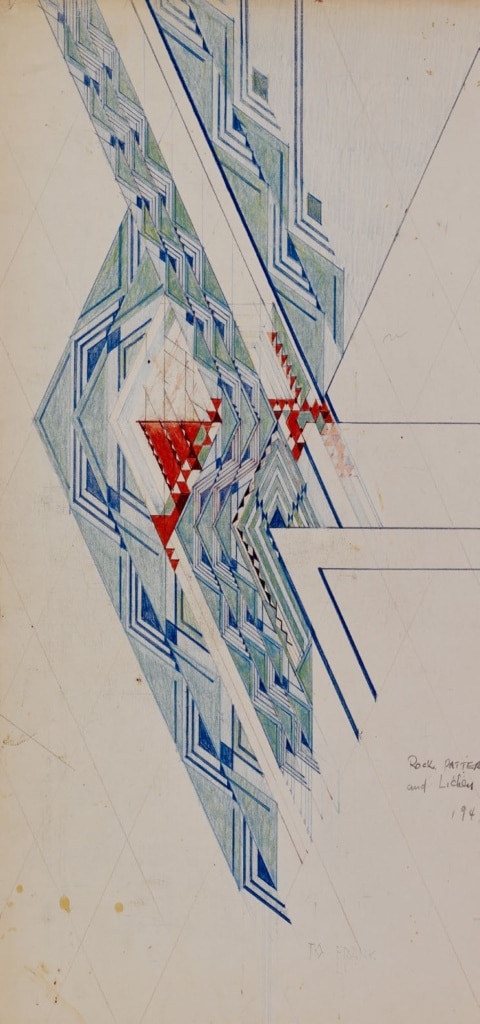
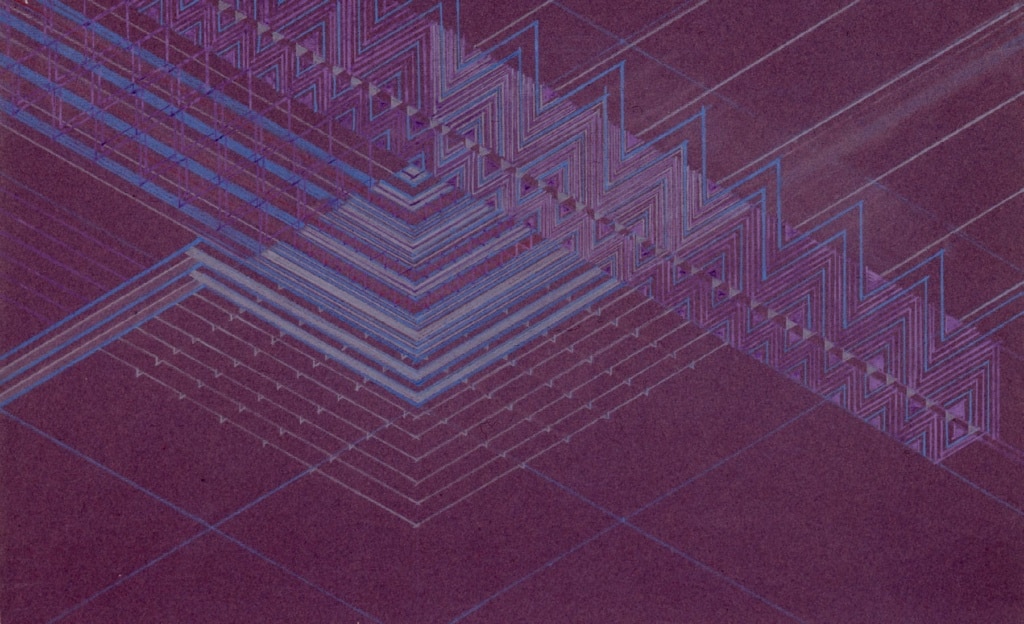
Here are some questions to help you create your own applied pattern study:
■ What kinds of plants or other natural features (rocks, lichen, etc.) did you find?
■ What do they look like? What textures and colors do you see?
■ Can you find any underlying geometries—shapes, lines, or planes—in the space?
■ Choose your favorite natural feature in your site. How would you describe its most essential feature? How would you draw it?
These nature patterns inspired by plants and other elements of the desert landscape were designed by Frank Lloyd Wright apprentice, Eugene Masselink.
This article originally appeared in the spring 2018 issue of the Frank Lloyd Wright Quarterly magazine, “Out of the Ground.”
LEARN MORE
We use Frank Lloyd Wright’s revolutionary design concepts and buildings at Taliesin West to educate and inspire people of all ages, challenging them to understand and embrace innovation in their own lives. We offer a wide variety of fun and educational field trips, summer art & architecture camps, and more.


